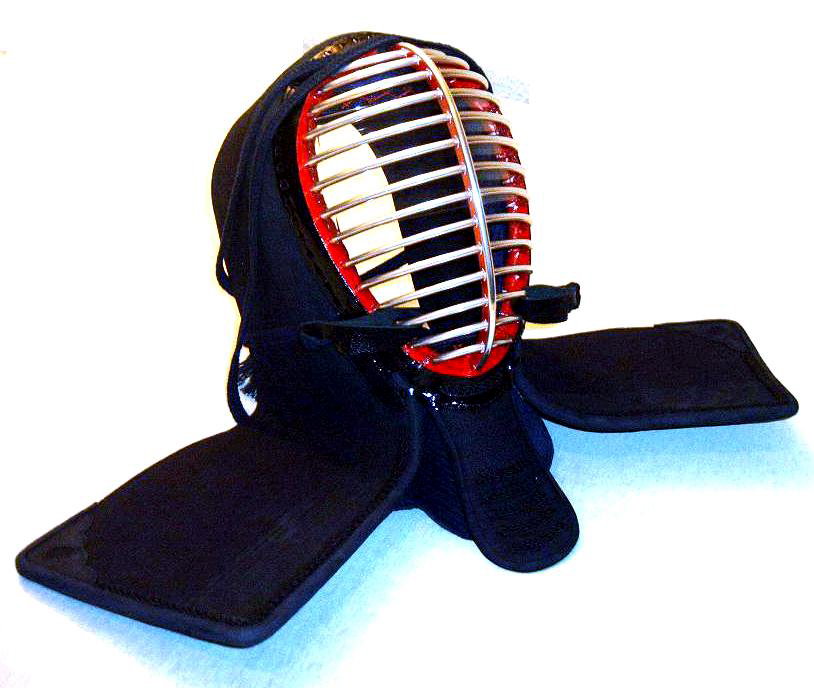Here is a treatise on footwork in Kendo. Notice any similarities between this and Taekwondo? Sometimes, it's best to outmaneuver your opponent.
In Kendo, the Japanese martial art of sword-fighting, the
most important thing to know is not how to swing your sword, but how to move
your feet. Good footwork offers more to
kenshi that just being able to smoothly maneuver across the dojo floor. It can
also bring you into your proper attacking distance with a step, carry you out
of danger, or shift your position for the most advantageous strike, all while
keeping your body balanced. Good footwork also allows you to put pressure, or
seme, on your opponent, and proper footwork is a vital part of achieving
zanshin, a state in which your mind and body are working together to put
pressure on your opponent while retaining enough flexibility to counterattack.
Footwork begins and ends with the most basic stance in
kendo, chudan no kamae. In this stance, the feet are both facing forward, about
two fists apart. Slide the left foot back, keeping the leg straight, until the big toe of the left foot is at the
edge of the right foot’s heel. Bring up the heel of your left foot until the
ball of your foot is supporting your weight, then bend the right leg slightly.
In order to move, kick off with the left foot, sliding the
right foot forward, then bring your left foot back into the starting position.
This step is called okuri-ashi, and it is the most basic step in kendo. Taking
a step back requires you to push back with your right foot. In all cases, you
want to slide your feet along the ground. This deceptively simple step is the
basis for the rest of kendo, and kenshi will spend the rest of their kendo career
learning how to do it right.
Here is a video of a 5th dan kenshi demonstrating
proper okuri-ashi
Beginning kenshi will often get blisters on their feet as
they are getting used to sliding their feet across the floor. This can be
painful, but it is also a good learning tool. If a blister forms, make sure it
is on the center of the ball of your foot, between the second and third toes.
If the blister is closer to your big toe, you need to adjust your stance.
Kendo footwork is a good example of the linear footwork
found in Japanese martial arts, including Karate and Judo. The emphasis is on
advancing quickly in order to attack, not to mention being able to retreat
quickly if you need to. In fact, kendo’s footwork provides a common link
between hand-to-hand martial arts and European fencing. In fact, fencing as a
sport offers the clearest example of linear footwork since the two opponents
only advance and retreat.
When fighting with a sword, nothing is more important than
speed, decisiveness, flexibility and balance. With practice, kendo footwork
provides the key to all four of these traits.
Chris Gottschalk is a freelance writer and kendo practitioner. He runs a website at http://chrisgottschalk.info/

No comments:
Post a Comment